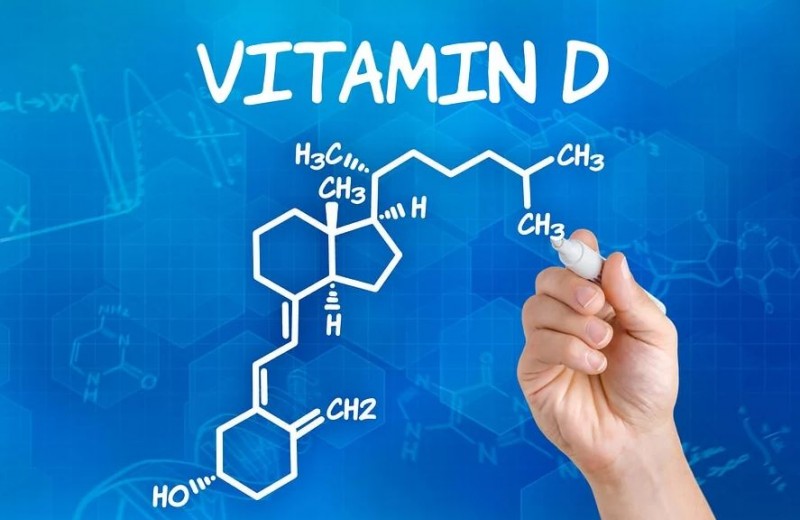
Vitamin D is a crucial nutrient that plays a vital role in maintaining our overall health. Often referred to as the "sunshine vitamin," it is renowned for its role in supporting bone health, immune system function, and more. In this article, we will delve into the various sources of vitamin D, both natural and supplemental, that can help you maintain optimal levels of this essential nutrient.
Before we dive into the sources of vitamin D, let's briefly understand why it is so vital for our well-being.
Vitamin D is primarily responsible for:
Vitamin D is essential for the absorption of calcium in our bodies, which is crucial for maintaining strong and healthy bones. Insufficient vitamin D can lead to conditions like osteoporosis.
It plays a significant role in enhancing our immune system's ability to fight infections and illnesses, making it especially important during cold and flu seasons.
Some research suggests that vitamin D may contribute to better mood regulation and could help combat conditions like seasonal affective disorder (SAD).
Vitamin D may have anti-inflammatory effects, which can benefit individuals with inflammatory conditions.
Now that we've highlighted the importance of vitamin D let's explore the various sources of this nutrient.
The primary natural source of vitamin D is sunlight exposure. When UVB rays from the sun interact with our skin, it triggers the production of vitamin D. Spending 15-20 minutes in the sun a few times a week can provide sufficient vitamin D for most individuals.
Fatty fish like salmon, mackerel, and trout are rich in vitamin D. Just a 3-ounce serving of cooked salmon can provide over 450 IU (International Units) of vitamin D.
Cod liver oil is a potent source of vitamin D and has been used as a supplement for decades. It's available in liquid form or capsules, with one tablespoon providing over 1,300 IU of vitamin D.
Egg yolks contain small amounts of vitamin D. Incorporating eggs into your diet, especially from pastured chickens, can contribute to your vitamin D intake.
Mushrooms, when exposed to sunlight or ultraviolet (UV) light during growth, can synthesize vitamin D. Some commercially available mushrooms are now exposed to UV light, making them a good source of this nutrient.
Many milk products are fortified with vitamin D, making them a readily accessible source. A cup of fortified milk can provide around 120 IU of vitamin D.
Some breakfast cereals are also fortified with vitamin D. Check the nutrition labels to find cereals that offer this added benefit.
For those who have limited sun exposure or dietary restrictions, vitamin D supplements are available over-the-counter. These supplements come in various forms, such as vitamin D2 and vitamin D3.
Darker skin tones have higher melanin levels, which can reduce the skin's ability to produce vitamin D from sunlight. Therefore, individuals with darker skin may require more sun exposure.
Those living in regions with limited sunlight, especially during the winter months, may struggle to obtain sufficient vitamin D from sunlight alone.
The recommended daily intake of vitamin D varies by age and gender. Generally, it's recommended to get:
If you are uncertain about your vitamin D levels, a blood test can determine whether you have a deficiency or are within the optimal range.
To maintain healthy vitamin D levels, aim for brief, unprotected sun exposure during non-peak hours.
Incorporate a variety of vitamin D-rich foods into your diet to ensure a balanced intake.
Consider vitamin D supplements if you have limited natural sources and are at risk of deficiency.
Consult a healthcare professional for personalized advice on maintaining your vitamin D levels.
Vitamin D is an essential nutrient with a wide range of health benefits. Understanding its sources and taking steps to ensure you receive an adequate amount is crucial for overall well-being.
Tips for Extending the Shelf Life of Avocados
Avoid These Foods When Consuming Milk to Reduce the Risk of Heart Attack